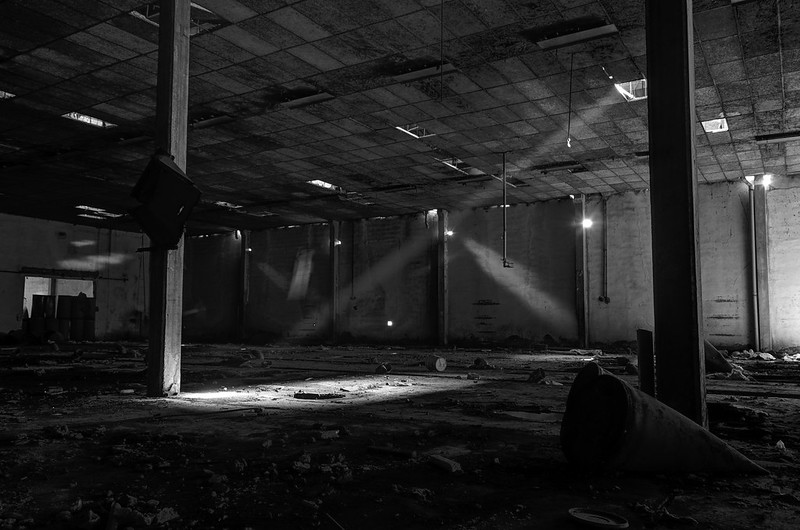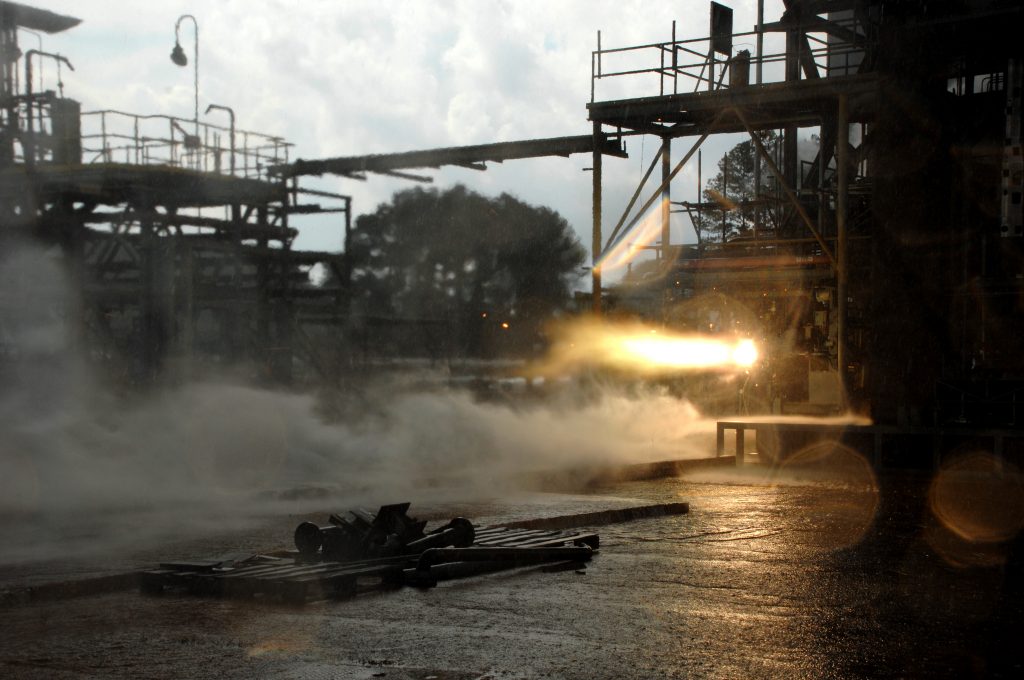The industrial revolution saw the advent of mass manufacturing. The assembly line and the hourly wage worker invented, splitting up products into parts made through a series of repetitive serial tasks. Hand in glove, the worker and the line would go on to manufacture the world we now live in. Factories could produce millions of things, as long as these things were identical. These low-cost products still needed to find millions of customers hower. The science and art of persuasion and psychology were therefore deployed to create a need and later a desire and subsequently a habit for a product and a marque associated with that product. The modern world grew up together, with mass brands enabling much of the mass media and strengthening systems of companies working together. A chemistry company would invent a polymer that would allow for less expensive buttons that would be used by a nearby button molding company that would grow in production as the local shirt firm grew to fulfill the demand for the regional department store to make a product fitted not to you, but to who you wanted to become in a new 9 to five world.

Aspirations, the need for needful things, self-worth through consumption, and cluttered storage units are now the result. These are the apparent fossils of a stratified system of things. Other things loom so large as to be imperceptible. We see a movement towards minimalism where people are abrogating stuff in their life. They bask in the glory of not having or wanting things. In that self-flagellation in the face of consumerism, the not wanting things, the consciously not desiring them, and making this a core of your life still makes things, in the not having, an important part of our lives. They are reformed addicts, teetotalers who yearn for a drink but smother it in sincerity and betterment. Yes, it is noble, their pursuit, but their past addictions have changed them.

We yearn for nature but don’t realize that we only needed to invent the word nature at one point when we’d screwed up certain portions of surroundings to such a degree as to no longer be identifiable as “world.” We realized that there was the unscrewedupyet and the screwed up, and we had to come up with a word for the unscrewedupyet, and this word became nature. Forever after we see ourselves as man in nature or man versus nature or man shaping nature; perhaps not realizing that we have also constructed the construct. Our consumerism and mass-manufactured understanding have ground our lens. Suburbia, the middle class, left or right, almost all of the -isms, the state, human rights, equality, our interpretation of our minds, language; these lenses themselves have been shaped by our shaping of a mass-manufactured world. If we see ourselves and our time, it is through the distortion of a mass consumption society. Economic growth and the market are sacrosanct, alters upon which we sacrifice our earth. Would you grind up your house for paper? Yet we, the “wise man” are shredding our planet for paper. Worse still, it’s now imaginary paper, and we know that it will lose in value each year.

By now, it should be abundantly clear that we are not going to save the planet. In the memorable words of Agent Smith, “Human beings are a disease, a cancer on this planet.” We will grow uncontrolled in our home until we consume it whole. How Western and quaint this whole idea is of man stepping in and saving what we’re destroying. It’s a bit like if the mice in your house would all of a sudden band together to repair the holes in your kitchen cabinet. A sudden wave of consciousness and caring would wash over them like some mind-control experiment in the Totally Spies universe and off they’d go to merrily like Christmas Elves repair the havoc forgetting themselves altogether. We have always made, and we have always destroyed. Only, now, it is getting out of hand because there are so many of us, and we’ve gotten so good at it. It is human to make, to want, to busy oneself with the accumulation of things; lets accept this. It is naive to assume we’ll all of a sudden go on a stuff diet. Who would wish something like that upon us? Constant hunger pangs for things we can’t have? There is a better way, and this is the combination of mass customization and 3D printing, leading to a more well made better fitting world. I’ll tell you much more next time, but there’s a sale on, and I have to buy a sweater I don’t need.
Rob Lee, Johan Neven, Vangelis Kalampalikis, Alfred Grupstra.
The post 3D Printing and Mass Customization, Hand in Glove Part I appeared first on 3DPrint.com | The Voice of 3D Printing / Additive Manufacturing.



